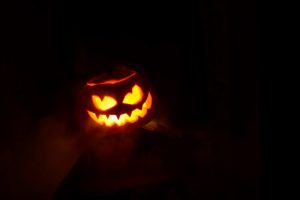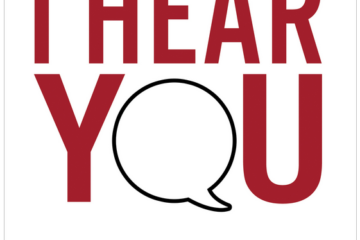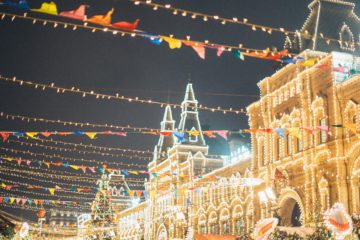
Samhain is celebrated on November 1. On the Celtic calendar, November 1 is the first day of winter. It marks the end of the harvest season. Bonfires have always played a major role in the celebration of Samhain. The tradition of bonfires has been handed down through several centuries of celebration.
Samhain is loosely related to Halloween celebrations here in the United States as well as in other countries around the world. I say “loosely” because while masks were worn to ward off evil that could be created by departed ancestors for the living, Samhain was also a harvest festival and a time for finding out what the future might hold.
The term “bonfire” actually is a modification of the term “bone fire” used in the celebration of Samhain. The Celts threw the bones of animals that had been slaughtered for winter provisions into the fires. Then each family in the community would extinguish the fires in their own hearths and relight them using flame from the central bonfire or bonefire to bond the families of the community together for the coming winter.
Sometimes two bonfires are built, and the people walk between the fires as a ritual of purification. The domestic animals were also often driven between two bonfires.
Don’t miss seeing:
There were signs to be watched for that would tell those participating who their future spouse would be, where their future home would be, and how many children they would have. An apple was peeled and tossed over the shoulder to see if it would form the initial of a future spouse. Nuts were sometimes roasted in the bonfire, and the movements of the nuts were interpreted — if the nuts stayed together, the couple would stay together. Egg whites were dropped in a glass of water. The shapes of the egg whites was said to foretell the number of children a couple would have.



